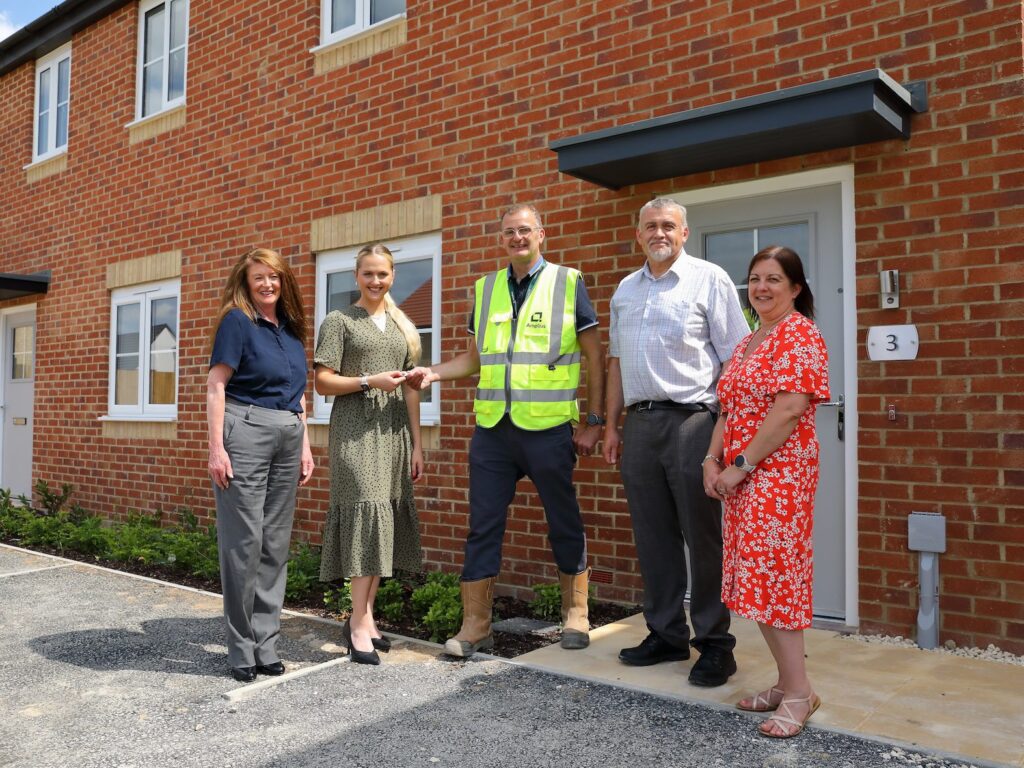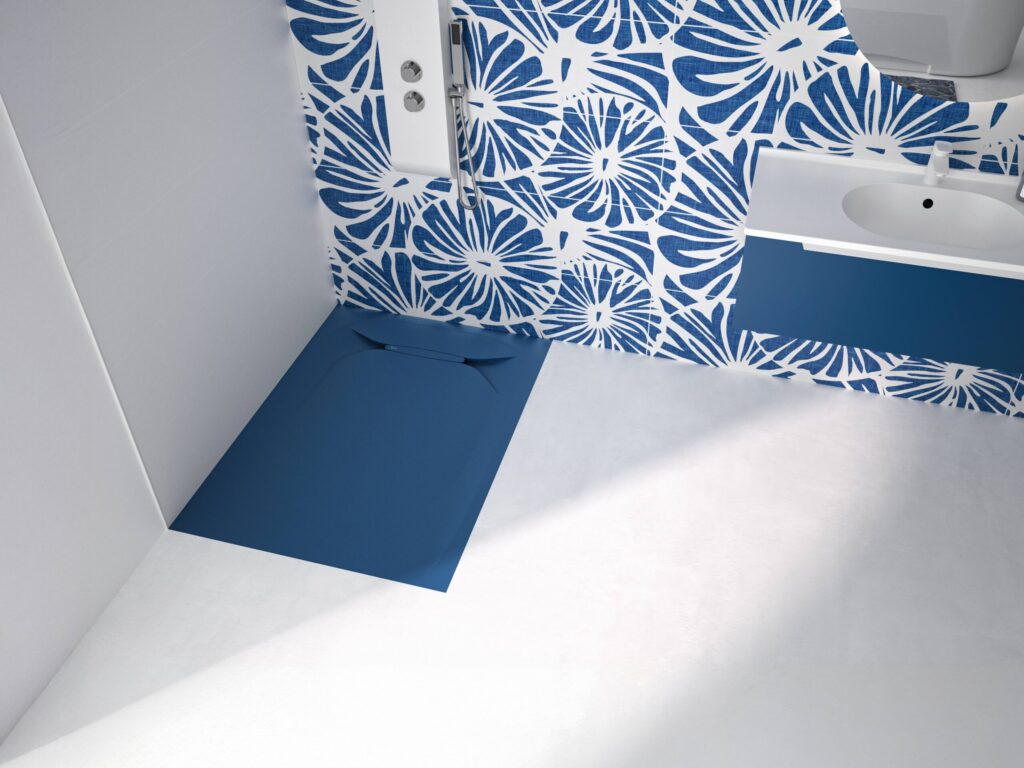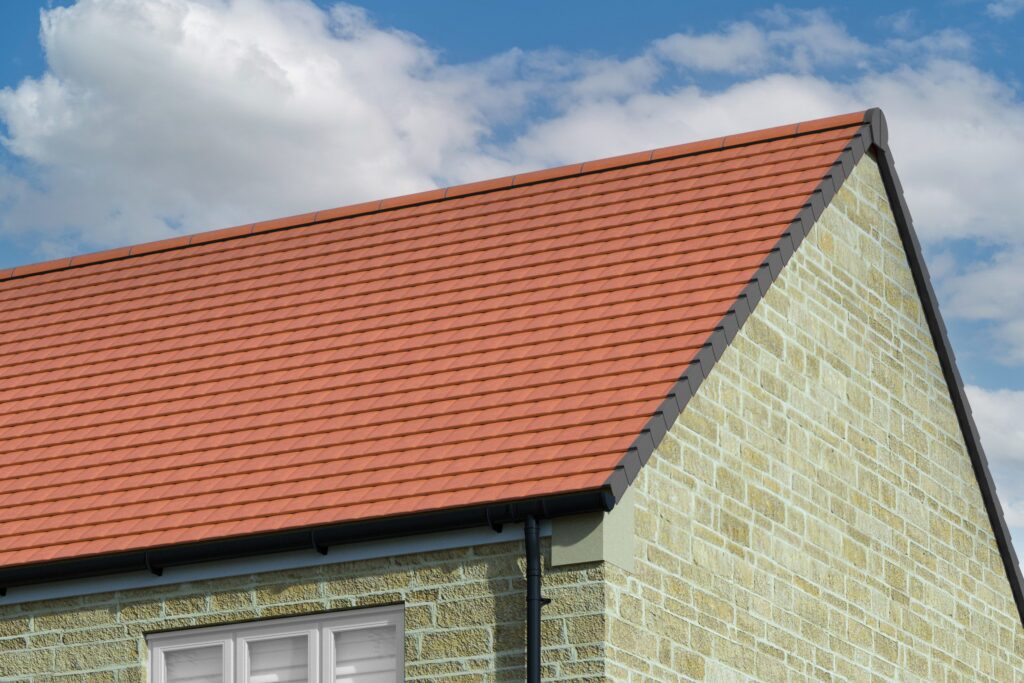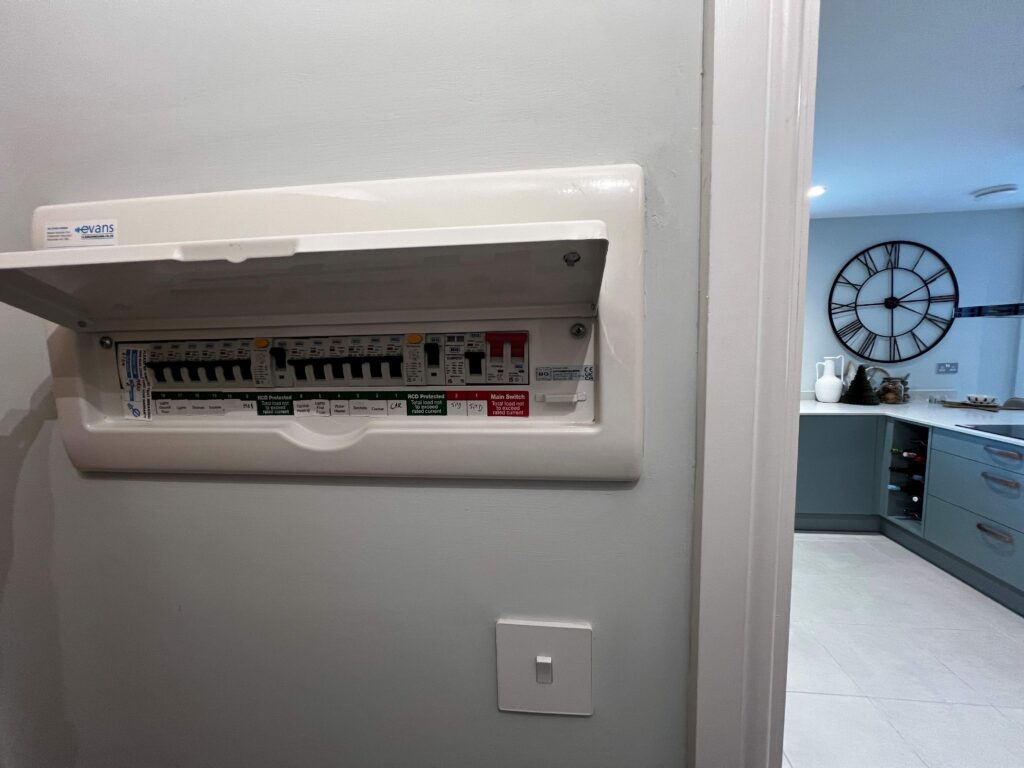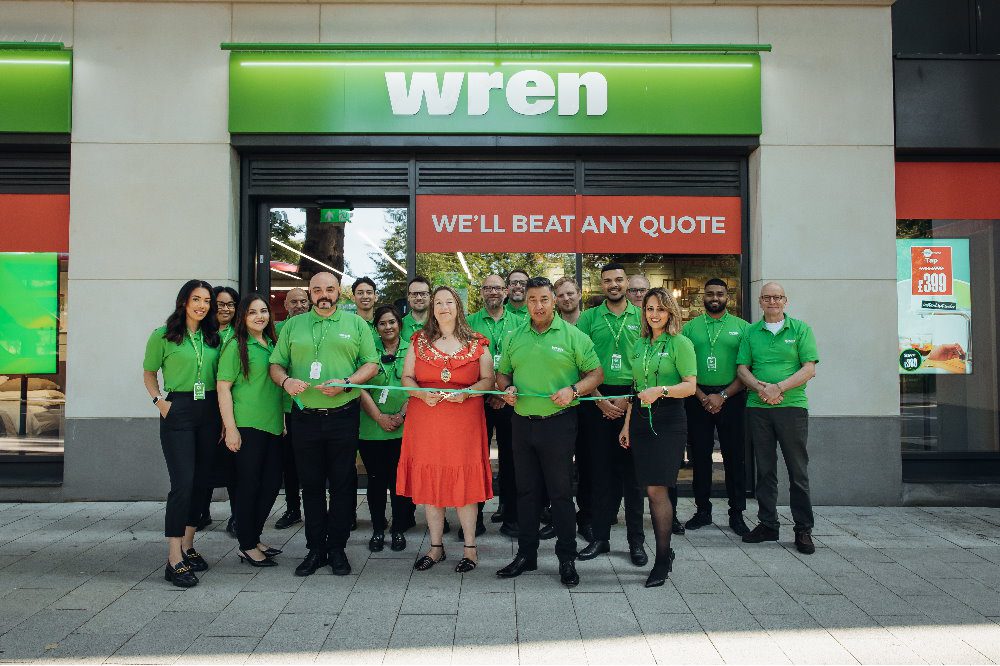Showhome takes a look at the top recommended tips for housebuilders to get their developments on the map using different marketing tools
As time goes on, consumers begin to respond differently to marketing. Strategies that were once effective are no longer able to have the same kind of impact. In this day and age, marketing methods like direct mail, billboards, and commercials no longer get through to consumers in the same way that they once did.
Today’s consumers see these advertisements as interruptions to their daily lives – and they aren’t wrong. Instead of taking them into consideration, they simply tune them out and go about their days.
Then, when they’re in need of a specific service or product, they research their options on their own. They go online and use search engines like Google to find businesses that provide what they’re looking for. In most cases, they’ll visit several sites and compare their options before contacting one or making a purchase.
If you want to be part of this process for your potential customers, you need to be able to effectively reach and connect with people who are interested in buying a custom-built home. Internet marketing makes this possible. And not only is marketing online more effective than traditional methods, but in most cases, it’s also more affordable.
When it comes to selling homes, office space or anything else for that matter, customers need to buy into ‘you’ first and the product later. To get this right, creating the right environment that allows you to engage with potential customers on an emotional level, is paramount. Your marketing suite is the perfect way to do that.
Marketing suite
The marketing suite is a tool used to entice customers to not only visit but to buy a beautiful new home. Not only will this create an amazing environment for potential customers, ensuring they feel at ease but will also put them in a much better mindset to want to buy. Your marketing suite should reflect you, the developer’s brand. It’s a way for you as a developer to shout about yourself and broadcast the quality of the property that you’ve built. While often confused with a show home, it’s important to have both. Show homes show off what a potential customer could have and can be used in conjunction with your marketing suite as an aspirational marketing tool.
Here are their top 5 steps to help create the perfect marketing suite.
- Sell the dream – when you create a marketing suite, you’re in essence creating a very elaborate shop. In that shop, you’re selling a ‘dream’ to potential customers and you’re showcasing your brand. Homes are an emotional purchase. The cost is huge and perhaps the biggest purchase most people will ever make. In order to highlight just what it is you’re offering, the surroundings in which you’re making this sale need to represent not sure if this sounds quite right
- Ensure quality throughout – the marketing suite will represent the quality and workmanship they’ll expect within the homes or office space you’re promoting, therefore a quality marketing suite is important. Your space must be well built, enough to withstand the judgement that will be cast by every person that walks through the door. That’s especially the case if there’s no show home just yet.
- Plan your customer journey – your design needs to essentially be a sales trap. You need to plan the flow of your space. Think of today’s petrol stations that force you to walk all the way around the shop, cleverly viewing the goods on offer before you pay for your fuel. While this is of course a little forceful, you need to consider a subtle version; a path that tells the story of your development in the way you want it to be told.
- Create the perfect layout – you’ll need to select key areas to build the expectation and sell the dream. You’ll need a meet and greet area or a reception. This is somewhere you can engage with clients. You’ll of course need an area where people can go through what’s on offer and make selections. This space should offer all the information they need and do so in a way that’s easy to understand. Last but not least, you’ll then need an area to essentially, ‘seal the deal’. This is where you’ll work on the details and finally make the sale so ensuring it’s private, comfortable and welcoming is a must.
- Choose the right company to work with – hiring the right company to work with when working on your marketing suite is so important. You want to ensure the experts you’re working with not only understand what makes a quality marketing suite but understands your company, your message and how you want to convey that message.
Seeing really is believing when it comes to new build developments. The more buyers are able to visualise the end result, the more likely they are to buy. CGIs (computer generated images) should be the starting point for all new build marketing. Using architectural plans, CGIs can be created to provide a realistic image of how each property will look before the first brick is even laid. CGIs are also a perfect way to show off the interior potential of the properties, building a perception of the lifestyle afforded by the development
Case Studies and galleries
Custom homes are a very personal and visual item requiring a large investment of time and money. It can be difficult to capture the interest of a potential customer without showing them the work you’re capable of—but the best way is to include case studies and galleries of your previous work.
By utilising a “case study” or “customer stories” section, you can harness the power of your previous customers to gain new ones. Collect photos, quotes, videos, or testimonials from previous customers who were happy with the custom homes you built for them, and put them together in compelling pages to tell stories from start to finish. You could show a before and after, or simply show a photo gallery with a quote or video from a customer talking about how happy they are.
Seeing is believing, and this is especially true with custom homes. Photo galleries are another great way to accomplish this—just ensure that website visitors can enlarge the photos and look at small details, and that there are accompanying quotes or testimonials to see, because the customer feedback is just as important as the photos!
Digital
Optimisation of your webpage is also key. This will not only show your potential customers the quality of work you’re capable of, but can also help you accomplish your SEO goals. If you optimise these pages for keywords like “custom home gallery,” you can attract traffic from search engine users looking for inspiration and ideas. And if they’re impressed with your work, they may even choose you as their builder.
Social media for home builders may sound difficult, but it can be one of the best ways to communicate with potential leads and strengthen your relationships with customers online. Platforms like Facebook, Twitter, and Pinterest allow you to reach new audiences and grow closer to your target audience in new ways, and offer a whole new level of customer service as well.
Home builders using Facebook usually find that it is the best place to answer questions that potential buyers have about homes. Facebook also makes it easy to quickly share photos of new homes or construction, and have conversations with fans of your company. Twitter is great for curating related content, like articles about new construction or businesses in the same area of your company. Pinterest is also a great way to extend your reach by creating boards for interior design, paint colors, or home details, which others many find and explore, ultimately leading them to your business.
Social media also allows you to find conversations that are already happening about your company and respond to them—for example, on Twitter, where some may discuss local brands or companies without directly mentioning them. Being aware of these conversations, and the sentiment behind them, can be very advantageous for your business.
Content
Sometimes potential customers are interested in your company or what you have to say, but aren’t quite ready to make a purchase. In this case, it’s a good idea to have an option to keep in touch with them—and stay in the back of their mind—for that future opportunity. Email marketing is one of those options.
By creating an email newsletter that potential customers can sign up for on your website, you have a great opportunity to talk about new homes your company has built, discuss innovations in the home construction industry, and even mention trade shows or local events you’ll be attending. You can communicate with your subscribers as often as you wish, and even address your emails as if you’re speaking to them personally, which can help make them more effective.
Finally, one great online marketing strategy for home builders involves the creation of compelling content. This content may take the form of blog posts, articles, videos, infographics, or something else, but its end goal is always to inform and educate.
Content helps you educate your potential customers about specific topics. For example, someone may come to your site wondering how long it takes to build a custom home, assuming you’ve written a very detailed page to answer that question that ranks highly in searches. If you answer the question well, the consumer may stay on your site for a while, become interested in your company, subscribe to your email, and later choose you as their home builder.
On its own, content does not usually result in a sale. However, it can help lead to awareness of your company, improve your SEO, and lead to future conversions. That’s why it’s so important to create this content, and why content marketing is becoming an important part of nearly every online marketing plan!
Housebuilders have had to seriously adapt over the past year where in person viewings have not always been possible. It has opened up a plethora of other tools which are proving to be just as useful. All of these different physical and virtual marketing tools are crucial to creating the perfect marketing plan.
Commentary: Charlotte Crawley, Culture and Experience Director at Navana Property Group
A home is probably the biggest financial commitment a consumer can make and their experience should reflect the significance of the investment.
The truth is many housebuilders and developers recognise the importance of customer experience. We know that brand reputation has the power to influence referrals and purchase decisions, not only in the case of build to rent but for private for sale homes too. Experience is rarely the only consideration driving sales or lettings, but it can help to tip the scales if a customer is choosing between developments or stop them looking at a scheme in the first place.
So why aren’t our leading housebuilders included in these barometers? Our sector needs to evolve its approach to customer experience, defining and taking pride in a property-specific model of excellence.
Investment in customer experience delivers returns. As an industry we need to keep refining our approach, determining a model that reflects the nuance of what we do and puts our customers front and centre rather than continually looking to other sectors for answers. We can and should adopt best practice from outside property, but we also need to be confident in our own way of working – hopefully one day people will be asking what they can learn from us, not the other way around.
Warren Hamilton, Head of Marketing Operations at Redrow
Redrow has made a number of changes to its website, from upgrading landing pages to improved functionality. We now provide more information and imagery for various house types, have greater availability of virtual tours and clearer information about the wider local area, which will leave customers with a sense of belonging to our new communities, before they even step foot in our Customer Experience Suites.
These changes have been well received by customers, with a significant uplift in website sessions and engagement in the first four months of this year, in comparison to the year prior.
Significantly, Redrow was the first housebuilder to launch an online reservation service, allowing buyers to legally complete the reservation of a new home from their old one. Now, 99% of reservations are made online.
We have seen a huge demand for this service to date, and now almost all of our reservations are made through our unique online system. More recently, we have extended our customer login area ‘My Redrow’ to include Homeowner Support, so customers can quickly and easily troubleshoot concerns within their home or report any issues covered by their warranty. We’re not stopping there and have a number of further updates that we’re excited to bring to our customers over the coming year.
While the medium may have changed, the concept remains the same; buying a new home starts with looking through a window. The difference now is how much more there is to see.
To stay up to date on the latest, trends, innovations, people news and company updates within the UK property and housebuilding market please register to receive our newsletter here.
Media contact
Rebecca Morpeth Spayne,
Editor, Showhome Magazine
Tel: +44 (0) 1622 823 922
Email: [email protected]







